
This week, Cédric Thieulot, Assistant Professor at The Department of Earth Science, in Utrecht, shows that there is no place for humor in peer reviewed scientific publications.
Science is serious. It’s about experiments, theory, analysis, and for most of this readership maths, physics, chemistry, biology, geology and so much more. It’s serious business, with funding, promotion, titles, grants and awards. It’s also about publishing, preferably lots of publications… preparing the manuscript (why is it still called a manuscript in 2020? – asking for a friend), making figures for it, submitting it, getting the reviews, screaming into the void while reading them (idiots! They just don’t get it! – sounds like someone you know?), resubmitting, and ultimately (?) having the paper accepted. Then it’s time for copyediting, reading proofs, etc … and then, it becomes a pdf on a website, your grandma is still none the wiser as to what you are actually researching, and you hope it does not make your h-factor go down.
But sometimes, folly seeps in. A drop of craziness with a hint of fun is added to the mix, and humour (yes, humour!) is found in peer-reviewed literature. Let us start with the most fun gang there is, I am talking about the applied mathematicians of course:
Not bad, isn’t it ? Don’t worry geoscientists are hilarious too. I give you this improbable scene, published in Tectonophysics (1985) [1]:
What about this figure from a GRL paper of 1998 [X] ? Note that the portrait serves no purpose, although it has probably something to do with the acknowledgments which state “We acknowledge that the prime catalyst of this work came from Bobby Poliakov, although he complains that the notch is too wide”
Sometimes it is not funny, but simply … functionally cute? The American Association of Petroleum Geologists Bulletin [3] (left) and the Annu. Rev. Earth Planet. Sci. [4] (right) were probably sponsored by Hot Wheels in the late 80’s.
More recently, the editor-in-chief of this blog (aka Iris van Zelst) reminded me of the 2014 cow! [5]
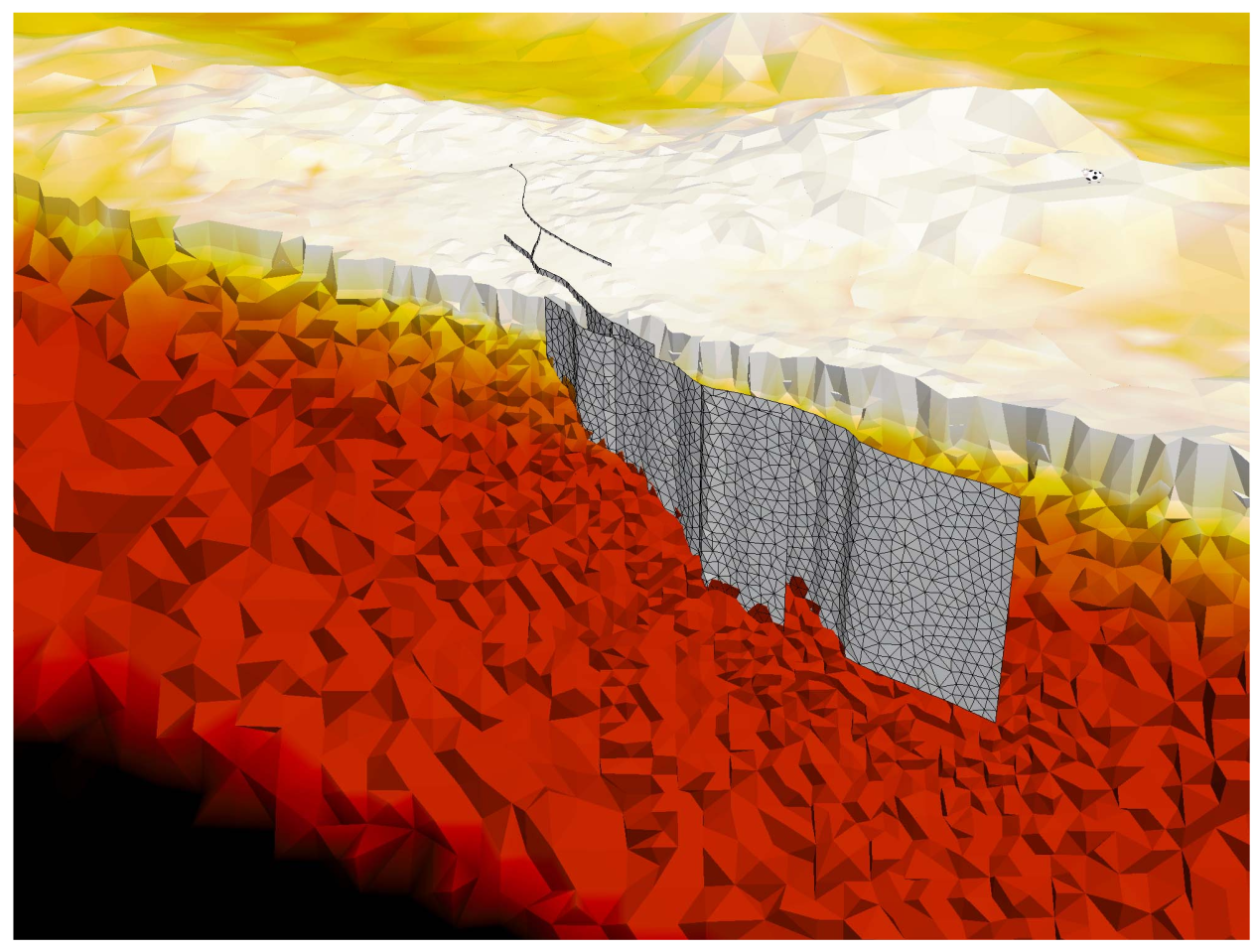 If you zoom in *a lot* you will find this cutie:
If you zoom in *a lot* you will find this cutie:
Typo’s are unavoidable. I was reading a paper last week about rederiving this and that from ‘fist principles’ in a Laglangian framework. Oh well. But for you (geo)parents out there, have you tried serpentine diapers? [6]
In 1976, Mc Kenzie and Richter published a fascinating article entitled “Convection Currents in the Earth’s Mantle” in Scientific American [7], a serious magazine if there is one. The article starts as follows: “Geophysicists have long conjectured that the rock of the earth’s mantle, the deep plastic region below the earth’s rigid crust, must be churning slowly in vast convection cells, rising in some regions, cooling and sinking in others.” They then proceed by explaining how doing convection experiments in the lab can help us understand our planet.
Unfortunately, magazines are not peer-reviewed journals, so their economic model is based on sales in kiosks and add revenue. So this happened:
I have often heard “a picture is worth a thousand words”. But what if the picture contains a thousand words and a thousand arrows? I bet you never thought that the “thermodynamics of Himalayan orogenesis” [8] could be summarised in one figure?
We are so blessed in 2020. Nearly every article back a 100+ years has been scanned and if your university pays the megere sum of a gajillion dollars per trimester we researchers can have access to all of it! No need to go to the library and find the right volume in the dusty basement and figure out the access code of the copy machine that hasn’t been serviced in 5 years!
Just last week, I was burning to learn about “Ultrafast upwelling bursting through the upper mantle” [9] (left) and About the “Dynamics of strongly time-dependent convection with non-Newtonian temperature-dependent viscosity” [10] (right). I guess I won’t, then. Bigup to EPSL & PEPI !
Finally, I will leave you with my favourite figure of all time. It is not a geology/geophysics paper, but it’s about non-Newtonian viscous flow, dynamic pressure, the Hagen-Poiseuille-equation, and much more. Here’s the setup of the ‘experiment’:
and the title of the publication is “Pressures produced when penguins pooh—calculations on avian defaecation” by Benno et al in Polar Biology [11]
The authors conclude “Whether the bird deliberately chooses the direction into which it decides to expel its faeces or whether this depends on the direction from which the wind blows at the time of evacuation are questions that need to be addressed on another expedition to Antarctica.” Talk about a way to justify your next fieldwork…
[1] Lithospheric thickness anomaly near the trench and possible driving force of subduction, Fujimoto and Tomoda, Tectonophysics, 112, p103–110, 1985.
[2] Rapid conversion of elastic energy into plastic shear heating during incipient necking of the lithosphere, Regenauer-Lieb and Yuen, GRL, 25, p2737-2740, 1998.
[3]Geodynamic models of convergent margin tectonics: transition from rifted margin to overthrust belt and consequences for foreland-basin development, Stockmal et al, AAPG Bulletin, 70, p181-190, 1986.
[4] Critical taper model of fold-and-thrust belts and accretionary wedges, Dahlen, Annual Review of Earth and Planetary Sciences, 18, p55-99, 1990.
[5] Petascale High Order Dynamic Rupture Earthquake Simulations on Heterogeneous Supercomputers, Heinecke et al, SC14: International Conference for High Performance Computing, Networking, Storage and Analysis, 2014
[6] Experimentally based water budgets for dehydrating slabs and consequences for arc magma generation, Schmidt & Poli, Earth and Planetary Science Letters, 163, p361–379, 1998.
[7] Convection currents in the Earth’s mantle, McKenzie & Richter, Scientific American, 235, p72-89, 1976.
[8] The thermodynamics of Himalayan orogenesis, Hodges, Geological Society, London, Special Publications, 138, 7–22, 1998.
[9] Ultrafast upwelling bursting through the upper mantle, Larsen & Yuen, Earth and Planetary Science Letters, 146, p393-399, 1997.
[10] Dynamics of strongly time-dependent convection with non-Newtonian temperature-dependent viscosity, Larsen et al, Physics of the Earth and Planetary Interiors, 94, p75-103, 1996.
[11] Pressures produced when penguins pooh—calculations on avian defaecation, Meyer-Rochow & Gal, Polar Biology, 27, p56–58, 2003.

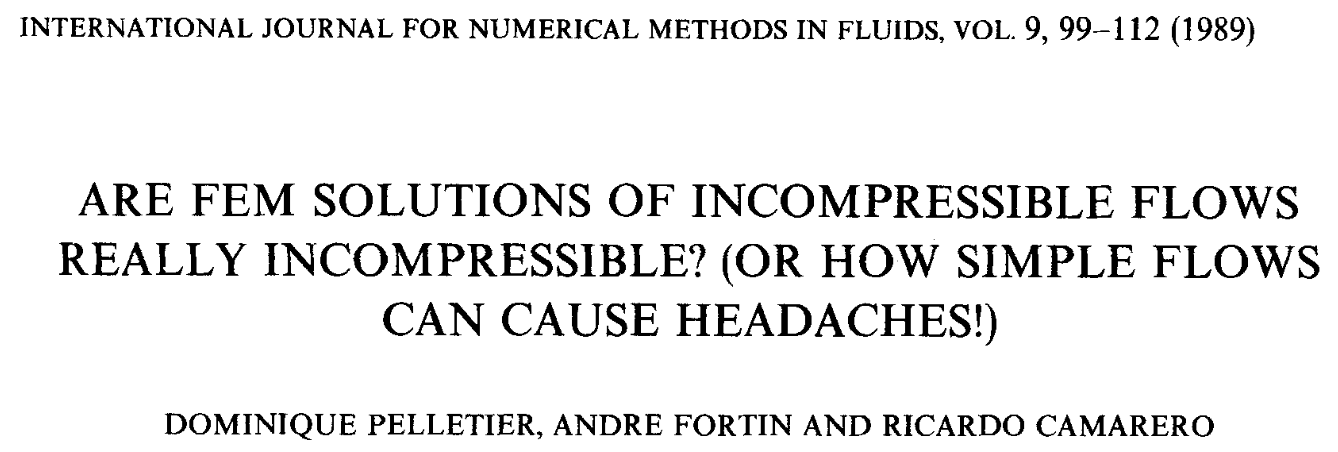

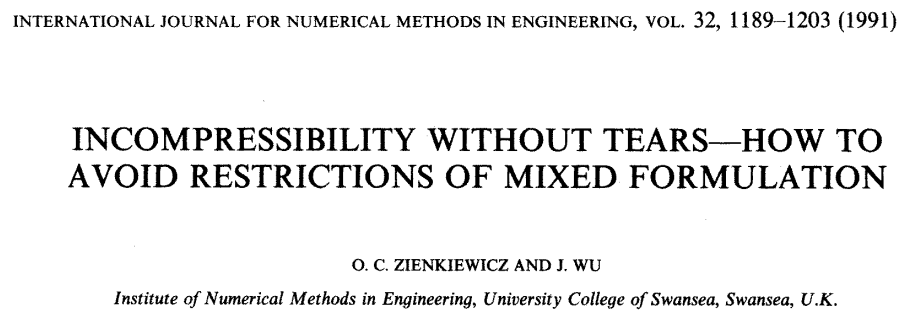
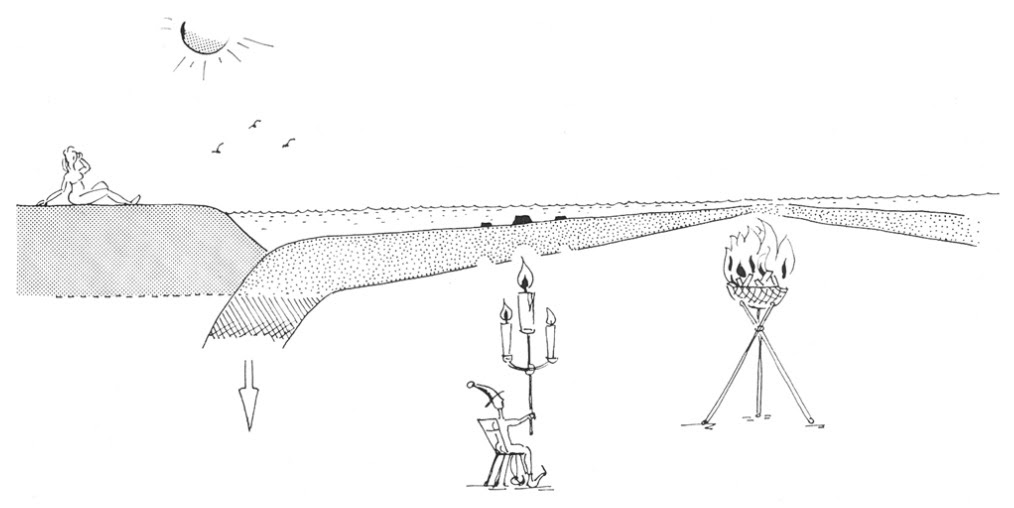
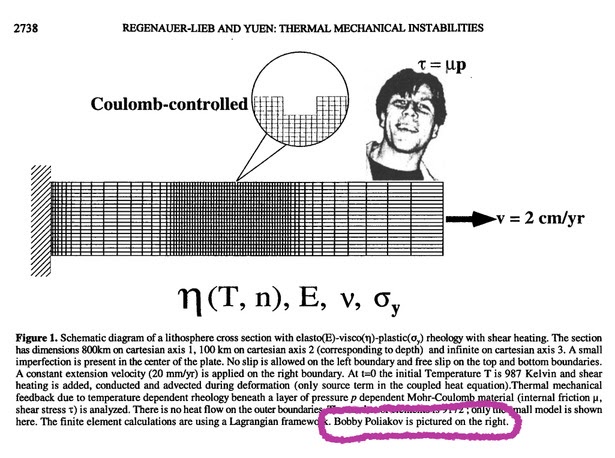
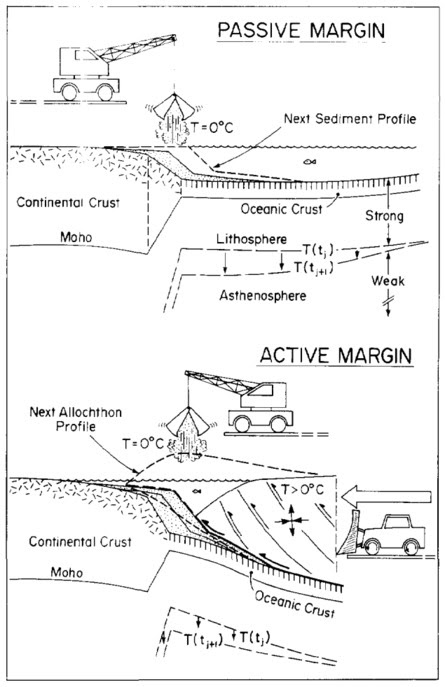
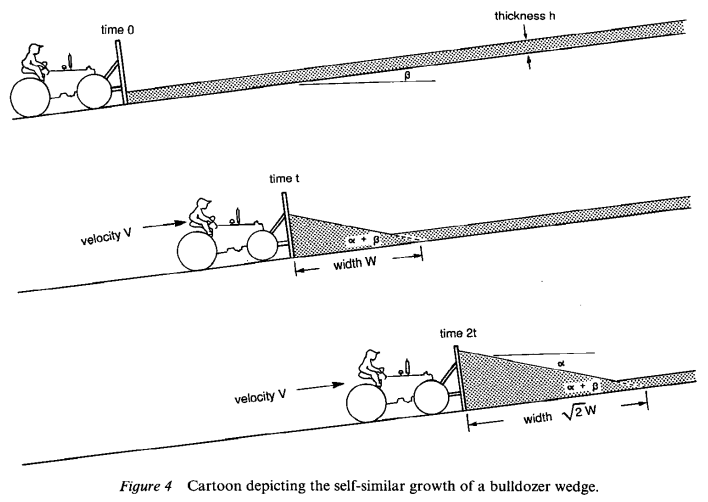

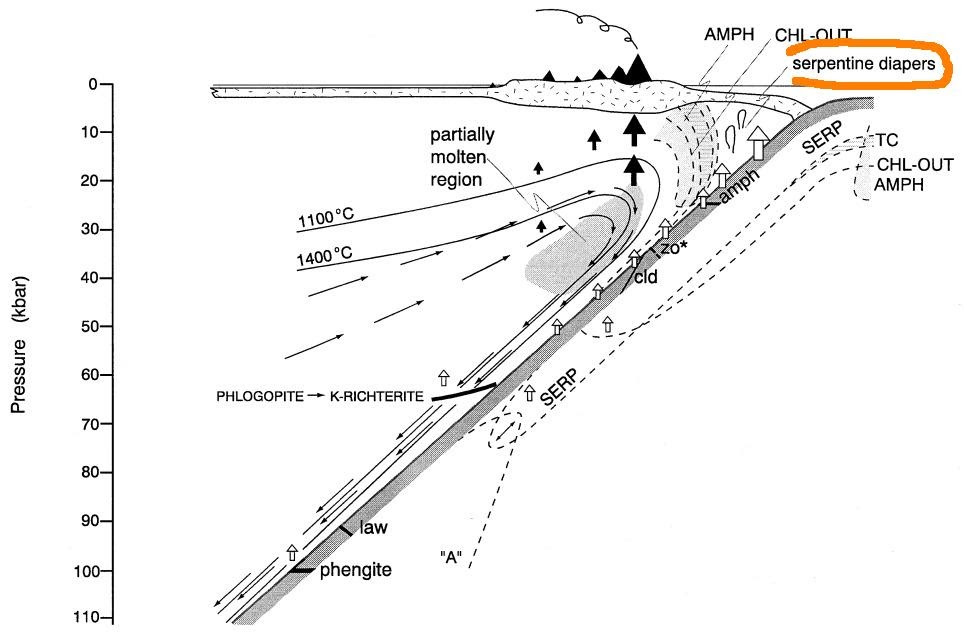
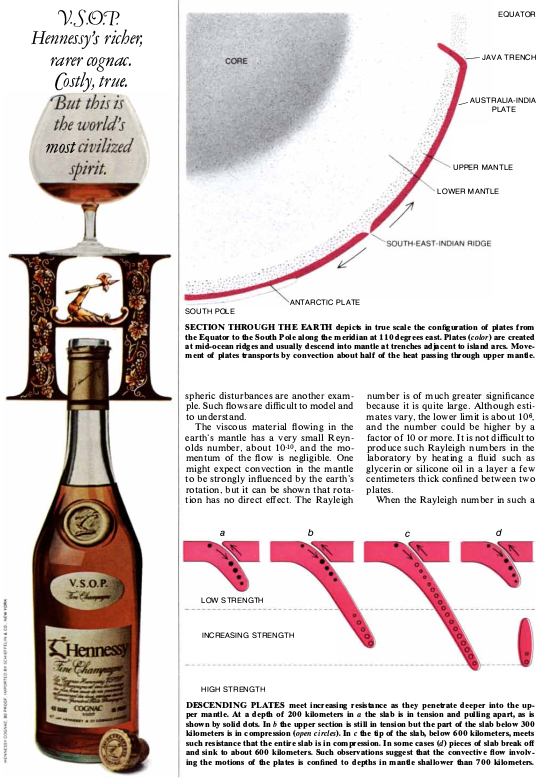
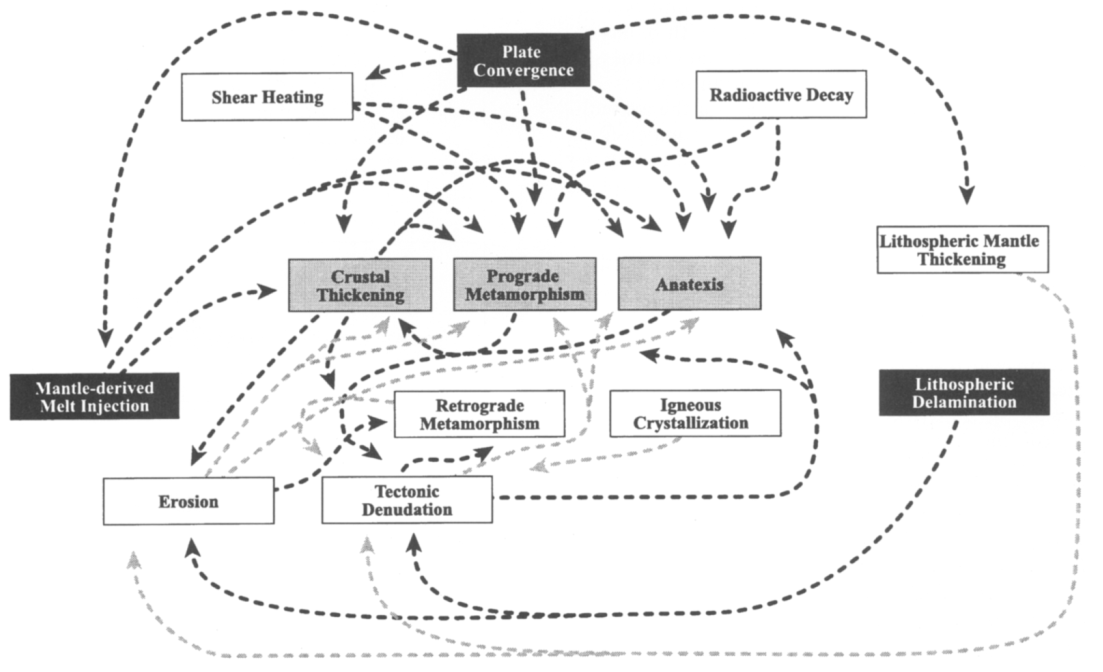
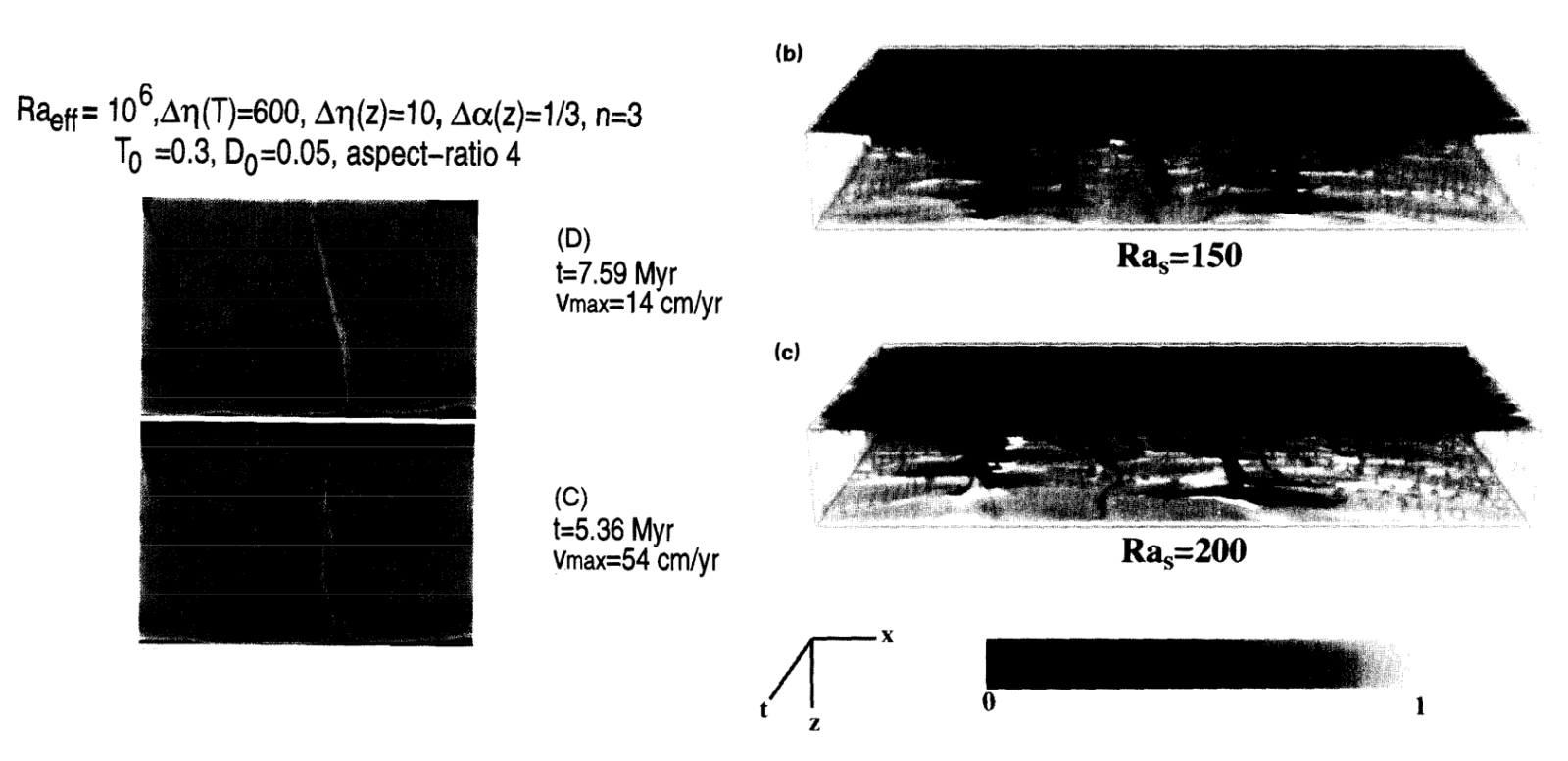
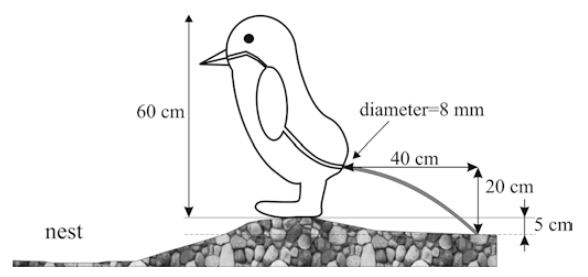




Dave Whipp
I’m a bit biased, but I was always fond of Figure 1 in the Willett et al. (1993) Geology paper where the bulldozer from the Dahlen (1990) paper you cite above is being towed away. The message is clear, and its a memorable way to make the author’s point.